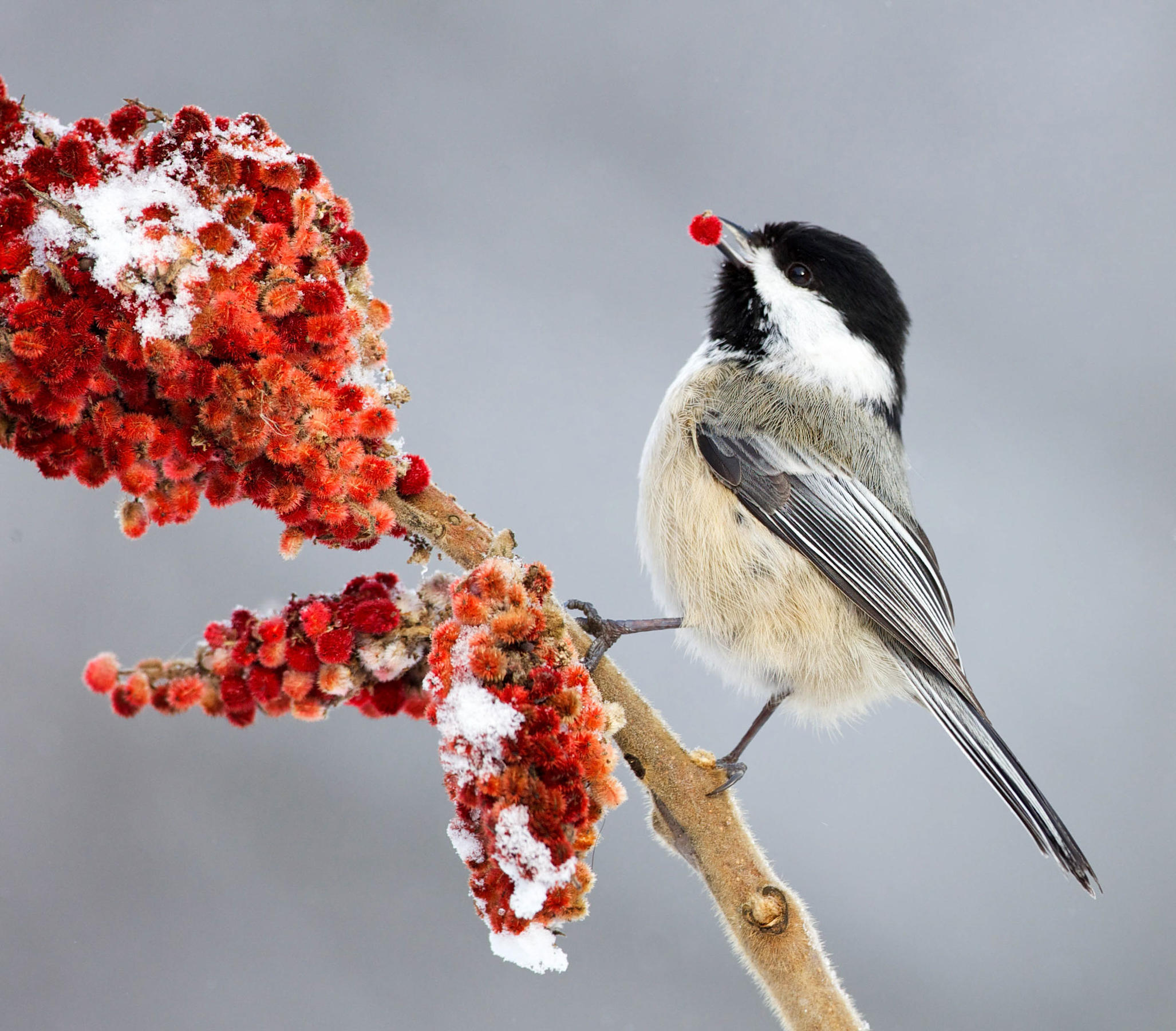Birdwatchers sometimes fail to see the forest for the trees. And who could blame them? Birding can lead to sensory overload. Between searching for a tiny warbler in the dense tree canopy, looking out for wing bars or eye rings, analyzing the streaking on a breast, all while mentally cataloging distant songs, birding can be all-consuming. For all that birdwatchers understand about the conduct and outward appearance of birds, many of us fail to consider the intricate relationships that birds have with their habitat – and with individual plant species.
A new, beautifully illustrated book, Midwestern Native Shrubs and Trees: Gardening Alternatives to Nonnative Species: An Illustrated Guide by Charlotte Adelman & Bernard L. Schwartz, helps close the gap (Buy it on Amazon here!) This companion volume to the award winning The Midwestern Native Garden: Native Alternatives to Nonnative Flowers and Plants, demonstrates how native woody plants, often ignored or underrepresented in the horticultural trade, not only form the backbone of a functioning habitat but serve as life-giving agents to birds, and a vast array of beneficial insects, including Lepidoptera (butterflies and moths). As the authors demonstrate, compared to both native herbaceous plants and nonnative woody plants, native woody plants host the greatest number of species of Lepidoptera, and, as a group, beneficially impact the greatest variety of wildlife.
Organized by season, the book alternates between nonnative species and native species to choose as alternatives that share cultivation requirements and look similar or even the same. The origin (Ex: Japan) of nonnatives is provided, as is the number of Lepidoptera species hosted by natives. The book’s Selected Bibliography and Resources (at pages 393-395) holds a summary that ranks genera in descending order of caterpillar productivity. The importance to birds of integrating logs and tree snags into our landscaping as "wildlife trees" is emphasized. Plant descriptions include height, spread, flower color, bloom time, fall color, and hardiness zones. For the nonnative species that - as a whole, make up 80% of the plants in the nursery trade today - notes on Ecological Threats help readers understand the harm done by the centuries-old practice of introducing plants from other parts of the world without carefully considering their impact on native ecosystems. For the native species, Nature Notes provide a plethora of data that illuminates the plant's ecological importance. These precious bits of information describe why each species is important to wildlife, with a focus on Lepidoptera, bees, and birds.
Midwestern Native Shrubs and Trees makes it clear that in order to sustain birds in our urbanized, fragmented, and degraded landscapes we need to do a much better job of sustaining Lepidoptera in both our private and public landscapes. This is because 96% of terrestrial birds feed their offspring insects (not fruits or seeds), and some bird species rely completely on the exceptionally nutritious Lepidoptera caterpillars (larvae). Nestlings that require hundreds or even thousands of caterpillars are unlikely to survive when their parent birds lack ready access to caterpillar-hosting native plants. Because 90% of Lepidoptera lay eggs only on native plants, the only food the caterpillars eat, it is vital that birdwatchers and the many others who value birds, advocate for, and garden and landscape with regionally native plants. In short: birds need caterpillars, and caterpillars need native vegetation, particularly native woody plants.
Midwestern birds and insects co-evolved together for thousands of years and created complex ecological relationships, but the authors synthesize this complexity in an easy-to-understand format. In a landscape dominated by ornamental plants from far reaches of the globe, Midwestern Native Shrubs and Trees opens our eyes to the abundance, variety, and stunning beauty of the Midwest's many native species of shrubs, trees, ground covers, and vines. But, many Americans choose nonnative plants. Why? To assuage European immigrants' loneliness, early American plant nurseries imported plants from the “old country”. Though no longer relevant, the custom prevails, and explains why native wildlife that relies on native plants for their very life, face an uncertain future, as do so many of the native plants in their own right. Someday, Lepidoptera and other insects may adapt to invasive plants, but not during our lifetimes, and not in time to preserve bird diversity. To reverse the uncertainty surrounding the long-term survival of birds, and the uncertainties of climate change, individuals, including birdwatchers and nature lovers, and neighborhoods, religious organizations, communities, park districts, and cities must advocate for, and choose native plants.
Audubon Great Lakes is eager to spread the word about the importance to our region's birds of native woody species. So, as part of our Plants for Birds campaign, we at Audubon urge Midwesterners to secure a copy of Midwestern Native Shrubs and Trees and put its concepts into practice. The survival of our region's birds depends on human creations of gardens, yards, and landscapes resplendent with native herbaceous and woody species.




